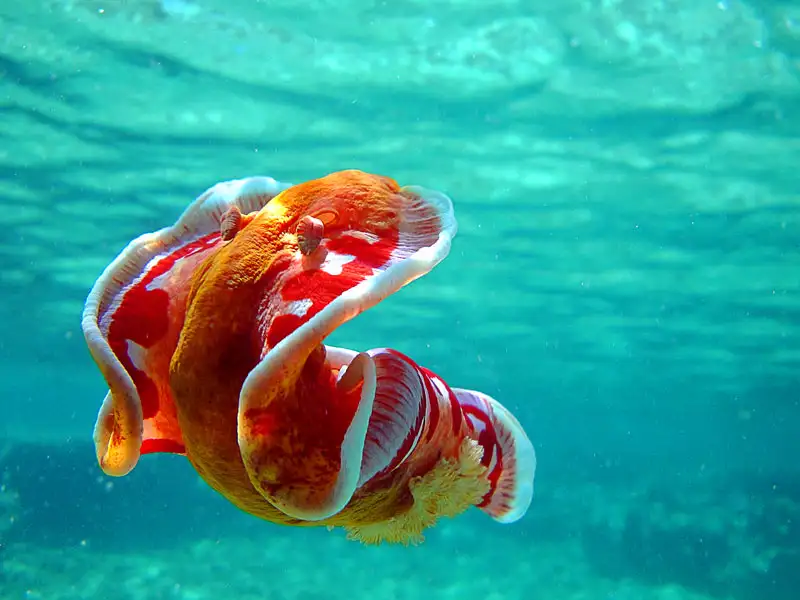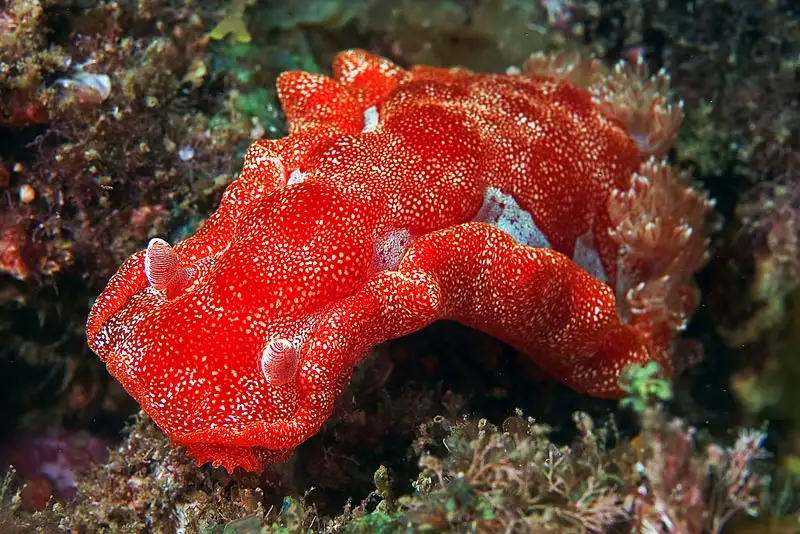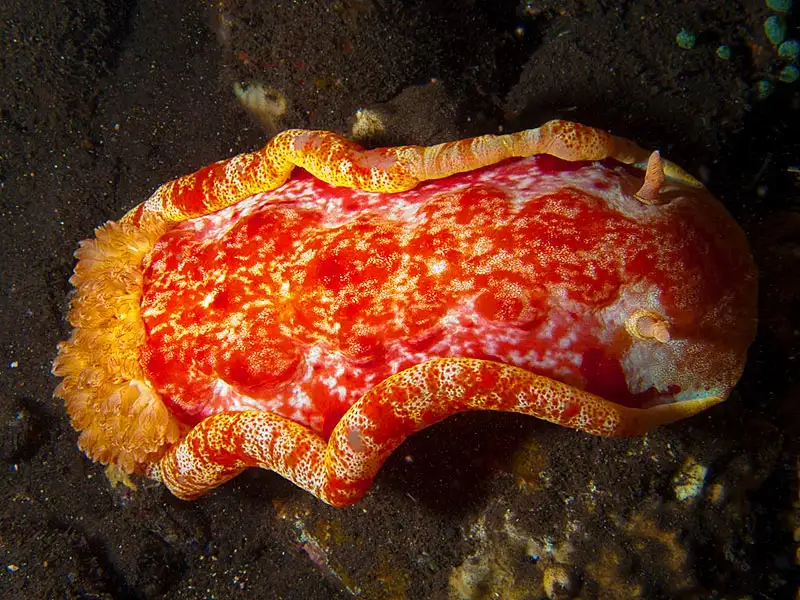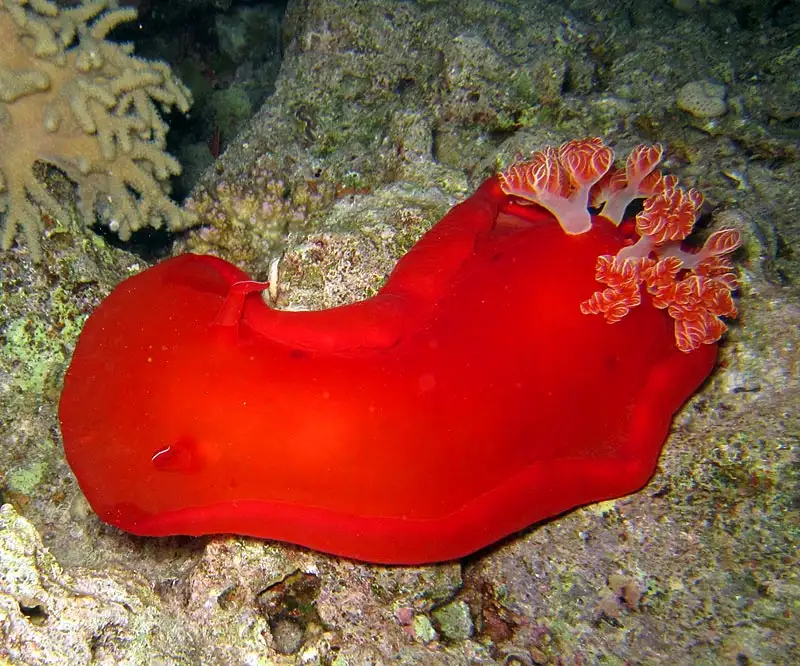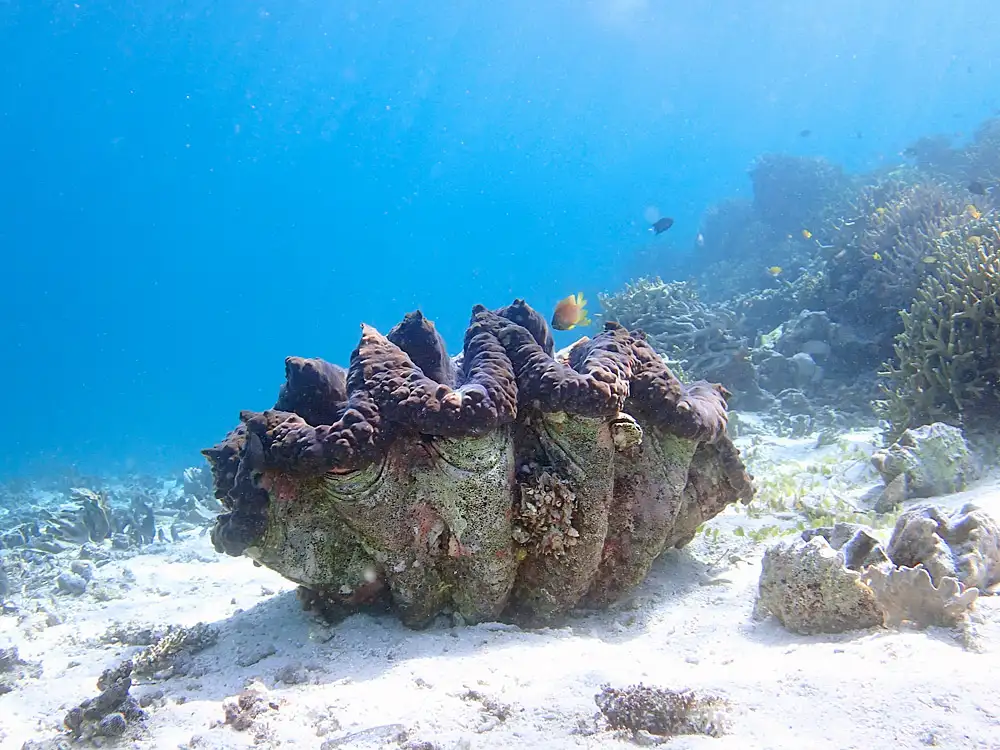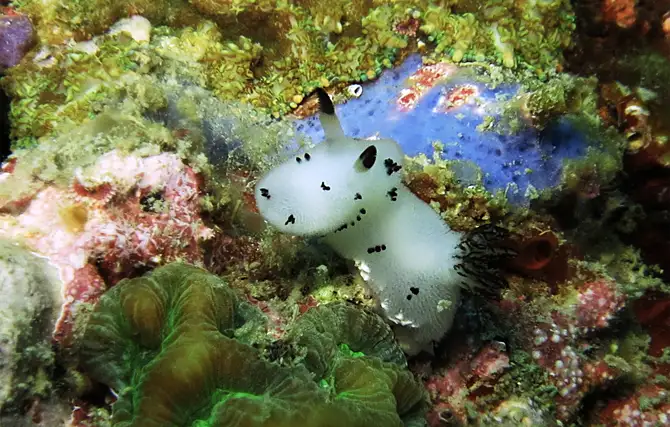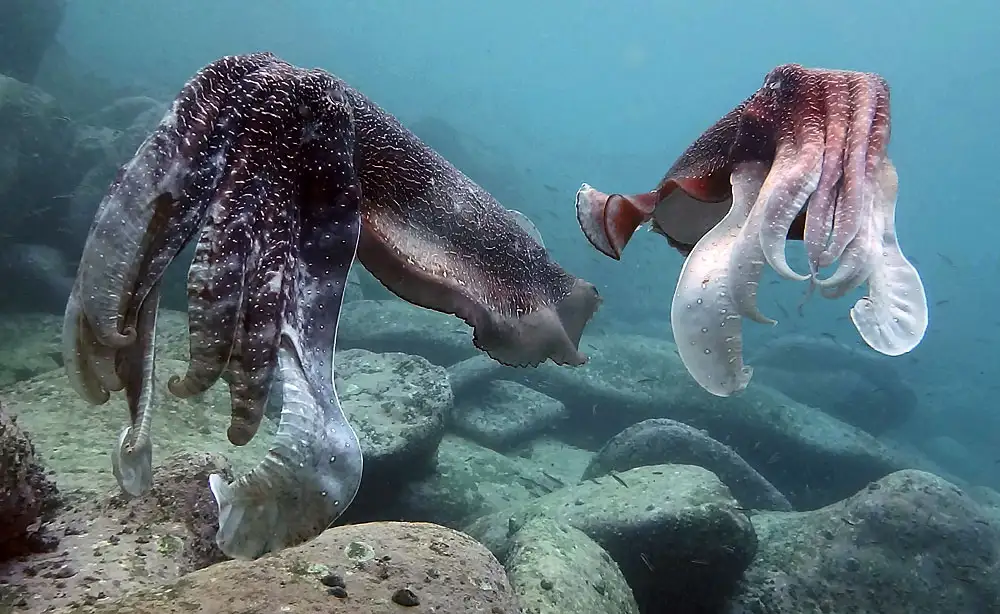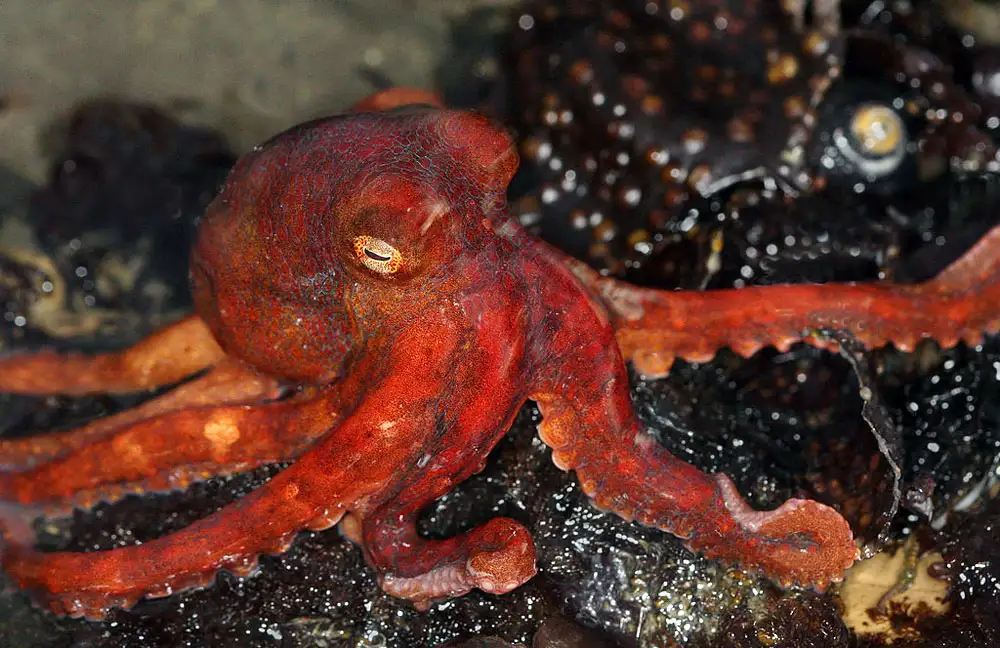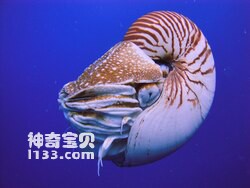Spanish Dancer Nudibranch
IUCN
LCBasic Information
Scientific classification
- name:Spanish Dancer Nudibranch
- Scientific Name:Hexabranchus sanguineus
- Outline:Mollusca
- Family:Hexabranchidae Hexabranchus
Vital signs
- length:Commonly 20–30 cm; up to ~40–60 cm reported
- Weight:Not standardized (large nudibranch)
- lifetime:Several months to ~1 year (environment‑dependent)
Feature
Aposematic red coloration; sponge‑feeding; swims by undulating mantle; hermaphroditic with rosette egg ribbon.
Distribution and Habitat
Tropical Indo‑Pacific reefs, slopes and lagoons (~1–30+ m).
Appearance
Scarlet to orange‑red body with frilled mantle; dorsal gill plume and rhinophores conspicuous.
Details
Hexabranchus sanguineus, the iconic Spanish dancer, is one of the largest and most conspicuous Indo‑Pacific nudibranchs. When disturbed it unfurls its mantle edge and swims with undulating “skirts”, which gives the species its common name. A member of family Hexabranchidae, it feeds primarily on sponges and displays striking aposematic coloration.
Ecology & Behaviour
Diet: spongivorous; individuals may sequester sponge‑derived defensive chemicals, making them unpalatable to predators.
Activity: largely nocturnal, hiding in crevices by day and foraging at night.
Swimming: escapes by unfurling the mantle and undulating side‑to‑side in the water column.
Reproduction & eggs: simultaneous hermaphrodite; produces the famous bright‑red, rosette‑like egg ribbon attached to hard substrates.
Identification
Body colours range from scarlet and orange‑red to wine‑red, often with mottling or spots. Mantle edges are deeply frilled; a dorsal plume of gills and rhinophores (sensory “horns”) are evident. Juveniles/regionals may show paler or more orange hues.
Size & Longevity
Length: commonly 20–30 cm; very large individuals to ~40–60 cm have been reported.
Life: typically several months to about a year, influenced by temperature and food.
Range & Habitat
Widespread across the tropical Indo‑Pacific (Red Sea to Hawaii), on reefs, reef slopes and lagoons from ~1–30+ m.
Role & Threats
Ecological role: contributes to sponge community turnover; a high‑visibility flagship for reef biodiversity.
Threats: habitat degradation, marine heatwaves and disturbance from handling/harassment by divers.
IUCN: generally Not Evaluated (NE) at the global Red List level.
FAQ
Q1. Is it poisonous? Not actively venomous to humans, but often chemically defended after feeding on certain sponges—do not touch.
Q2. Why “Spanish dancer”? It swims by undulating its frilly mantle, resembling a dancer’s swirling dress.
Q3. What is the red “rose”? The egg ribbon, a coiled red band attached to rock or reef.
Q4. When is it easiest to see? At night—daytime individuals usually hide in crevices.

